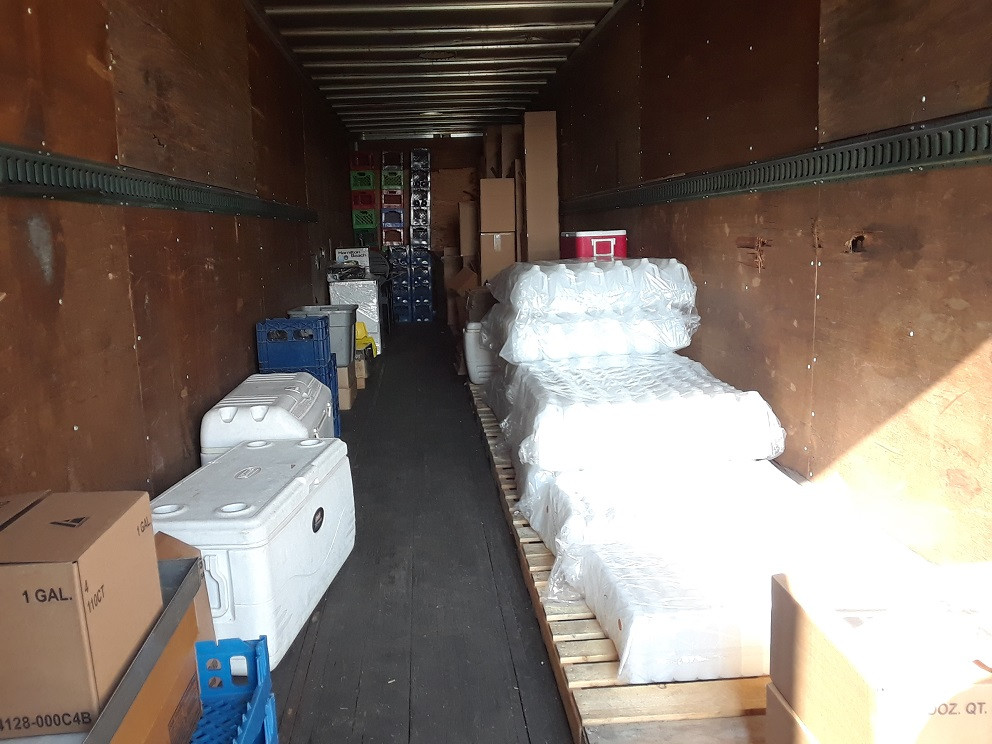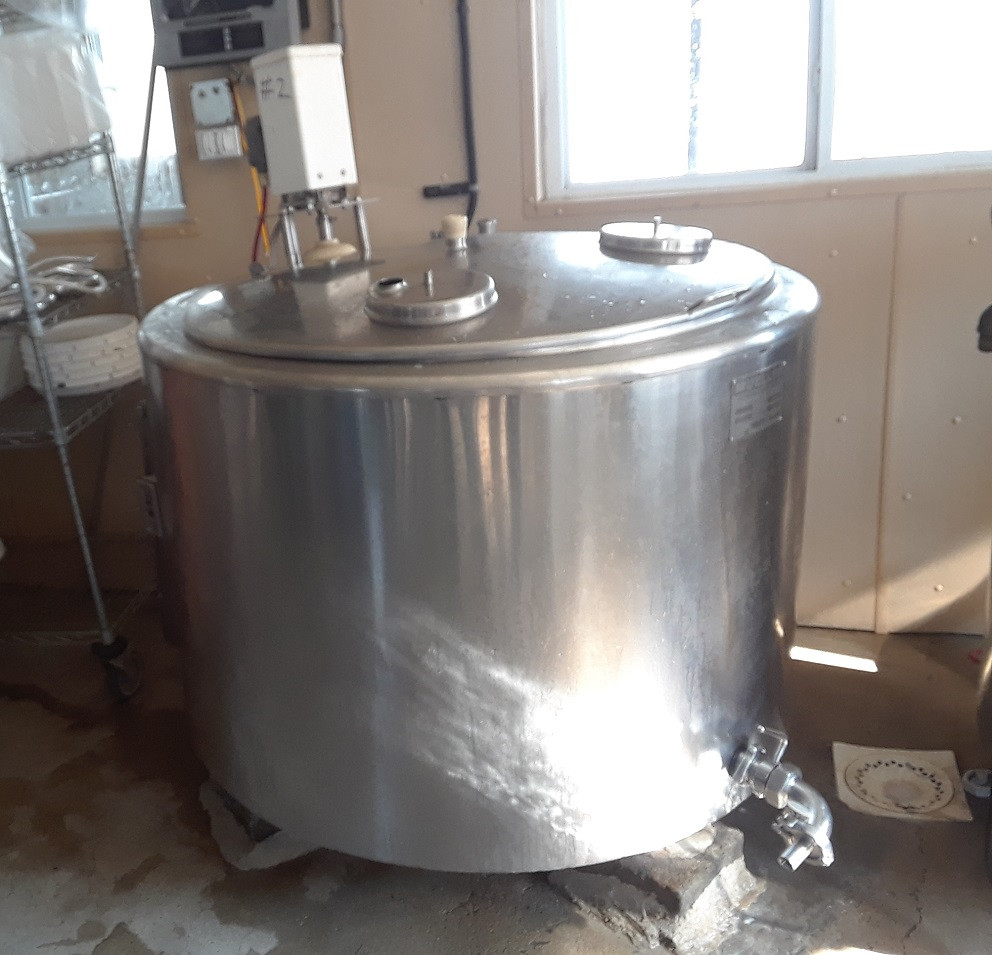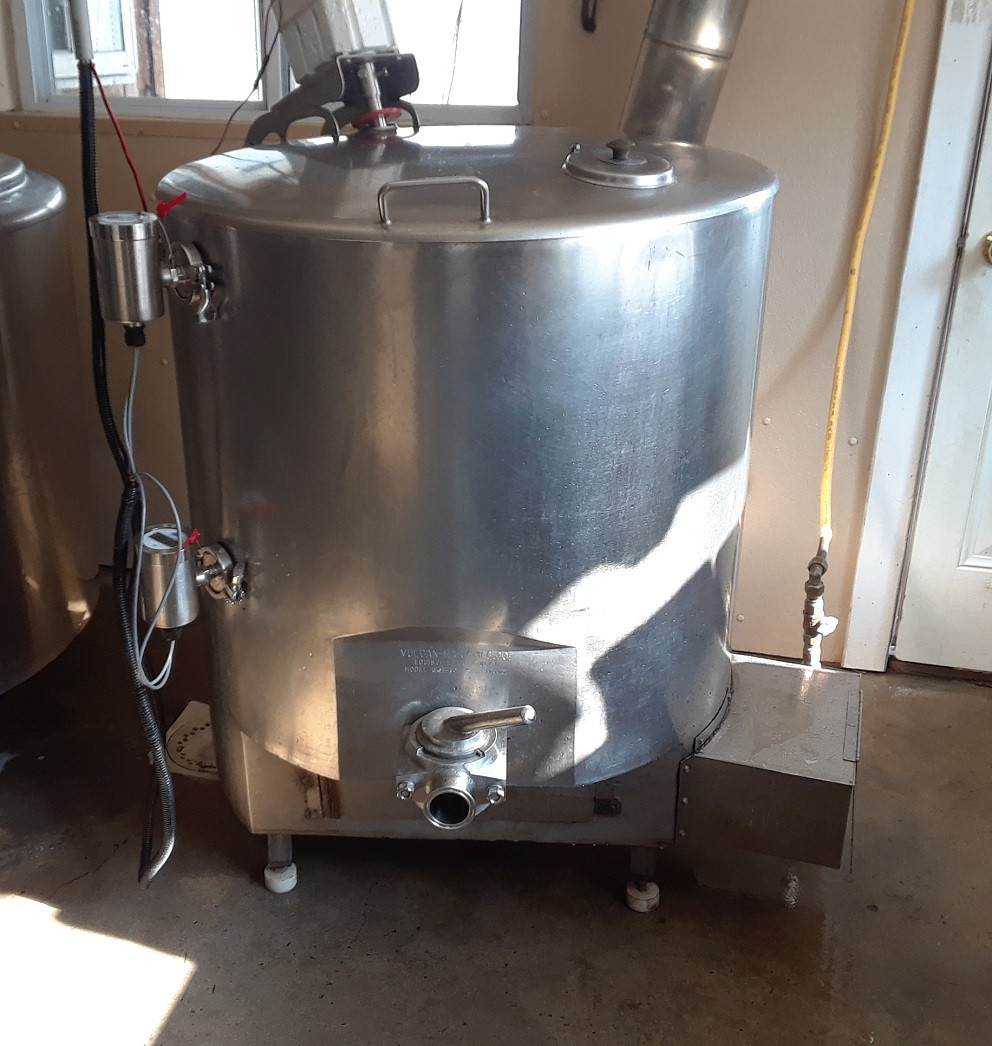Making Yogurt More Sustainable
posted on
July 16, 2018
When it comes to being environmentally friendly, an organization's’ walk should always come before their talk. However, it’s not uncommon for consumers to create a narrative in their minds about a product or service based solely on a brand’s well crafted message, with no regard to the brand’s day to day operations.
At Dutch Meadows, we measure each operation against the goal to keep farming communities vibrant and to produce real, nutrient-dense, farm fresh food for the benefit of our health and the benefit of future generations to come. So, when we realized our yogurt division was not optimized for such a goal, we held ourselves accountable and began to take steps to rectify it.

We knew there was work to be done to reduce the cost and the carbon footprint of making our own yogurt. For quite some time, we were putting the milk in stainless steel cans, then placing them in our refrigerated truck, driving 15 miles to the creamery that processes the milk into yogurt, picking up the yogurt 2 days later, and driving 15 miles back to the farm. Like we said, there was work to be done. This process could certainly be improved from a carbon footprint standpoint and we decided that improvement would include processing our dairy right here on the farm. Processing on the farm meant that the milk would only get transported 30 feet from the milking barn into our cooling tank using a small tank on wheels (no engines or electric), and then only several feet into our brand new yogurt maker/pasteurizer. After 16 hours of incubation, this fresh yogurt from grass-fed cows would be in the cooler ready to sell.
It sounded dreamy. But there was much work to be done before we could get to that ideal operation. For the sake of full transparency and educational purposes, we’ve laid out the project steps with details below.
More Dry Storage
Total Cost: $1800
This project forced us to figure out where we could make room for more dry storage. Dry storage includes our shipping boxes, milk bottles, milk jugs, and many other things. We couldn’t spend a fortune pouring concrete, and building walls and a roof, so we resolved that an empty semi trailer would work. We picked up a 45' semi trailer about 18 miles from the farm for a reasonable price. One of our farmer friends backed it into place behind our main facility so we could have easy access to it. The trailer also comes with the perk of mobility. If we ever need to move, we can just hook it up to the proper equipment and move away!

More Milk Storage
Total Cost: $4800 (includes installation)
Next, we needed a little more flexibility for milk cooling and storage. We started searching for a smaller milk cooling tank in the range of 150 gallons or so. Finally, after checking around quite a bit, we came across a good used one for a fair price. This size tank is very hard to come by as far as used equipment goes but it was the ideal item for our operations, as in, it works well for cooling down smaller amounts of milk whenever we need it.

The Pasteurizer / For Dairy Processing
Total Cost: $7500
This was the piece that took the most effort and time. We already had a stainless steel cooker that was capable of holding 50 gallons. We didn't have the desire to go larger. We wanted to continue to produce our dairy products in small hand-crafted batches and make fresh batches more often instead of a bulk amount every two weeks or so.

To get it modified and approved by the PDA (Pennsylvania Department of Agriculture), we had to send it to a local company that works on stainless steel dairy equipment. They were then tasked with putting an approved valve on, getting mounts for the appropriate thermometer probes, and mounting the agitator. This piece of the puzzle was probably the most time consuming, the most costly, and required the most detailed work, such as wiring, thermometers, and chart recorders.
It certainly required patience but we remained excited and determined because we knew completion of the project would mean we can put our yogurt, made here on our farm, in local stores, farmer's markets, and more! It's not raw, but we keep it at the lowest temperature possible in the least amount of time we can. The state will not allow raw yogurt to be sold so we just keep it all on the same level to meet the compromise of making the best possible product and being able to share that product with as many people as possible.
On Monday, June 25, 2018 we made our first batch of fresh yogurt with 100% grass-fed milk from our Dutch Belt cows right here on the farm. And it doesn't stop there! We are still eager to experiment with more new and exciting products like cottage cheese, and buttermilk. First, we will ensure for our customers that we can create a real, nutrient-dense product consistently.
But just because we’re not adding new products yet, doesn’t mean we can’t start thinking and talking about them. As always, your ideas and feedback are welcome.




